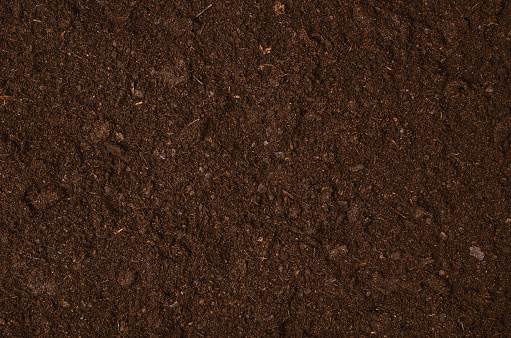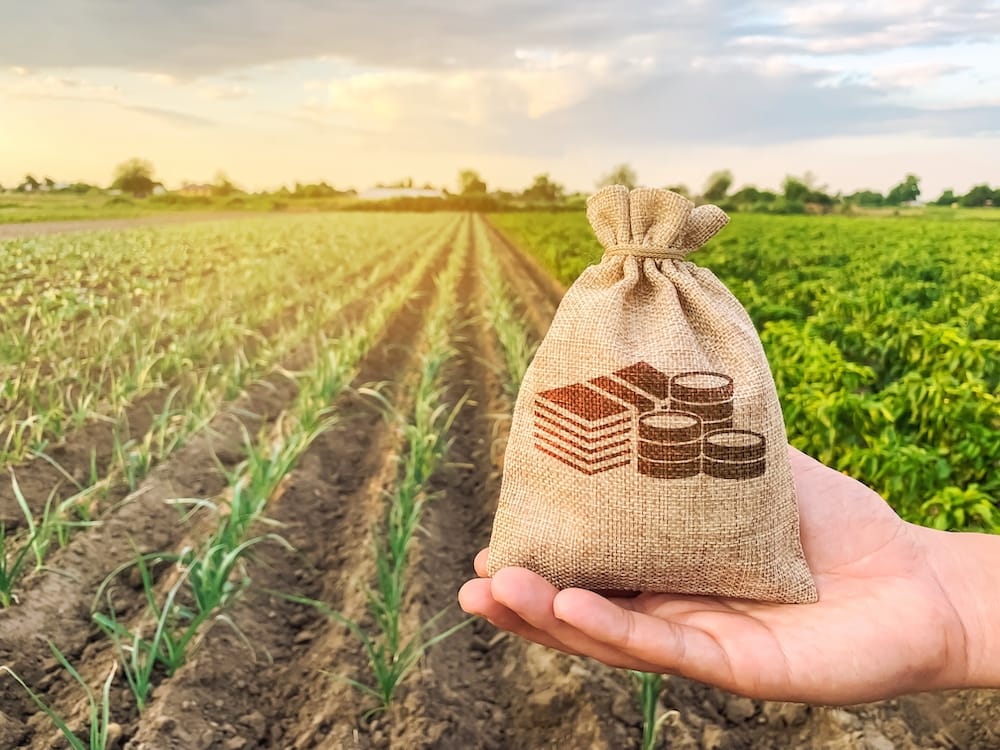Soil Moisture Potential: Understanding the Foundation of Plant Hydration
This article provides an overview of soil moisture potential, addressing common inquiries and highlighting its significance in agricultural and environmental contexts. For a deeper dive into the subject, readers are encouraged to consult academic literature and professional resources.
Soil moisture potential, a critical concept in agronomy and water management, is the measure of the energy status of water in soil. It’s essential for predicting water availability to plants and understanding soil water processes. Here, we address the top seven questions often asked about soil moisture potential.
- What is Soil Moisture Potential? Soil moisture potential, also known as soil water potential, is the potential energy of water in soil compared to pure, free water. It’s measured in units of pressure, such as bars or kilopascals (kPa), and indicates how easily plants can extract water from the soil. The drier the soil, the higher the soil moisture potential, meaning more energy is required for plants to absorb water.
- Why is Soil Moisture Potential Important? Understanding soil moisture potential is vital for effective irrigation management, predicting plant water stress, and optimizing crop yield. It helps determine when and how much to water, ensuring that plants receive adequate hydration without wastage.
- How is Soil Moisture Potential Measured? Several methods measure soil moisture potential, including tensiometers, psychrometers, and resistance blocks. These instruments gauge the force required to extract water from the soil, providing a direct measurement of soil moisture potential.
- What Factors Affect Soil Moisture Potential? Soil texture, structure, organic matter content, and salinity are key factors influencing soil moisture potential. For instance, sandy soils typically have lower moisture potential than clay soils, affecting water availability to plants.
- How Does Soil Moisture Potential Relate to Plant Water Uptake? Plants absorb water from the soil through their roots, driven by the difference in water potential between the soil and the plant. A lower soil moisture potential means that water moves more readily into plant roots, facilitating hydration.
- Can Soil Moisture Potential Predict Drought Conditions? Yes, monitoring soil moisture potential can indicate impending drought conditions. A sustained high soil moisture potential suggests that soil water is becoming increasingly unavailable to plants, signaling potential water stress.
- What is the Role of Soil Moisture Potential in Soil Hydrology? Soil moisture potential plays a crucial role in soil hydrology by influencing water movement within the soil profile. It affects infiltration, percolation, and the overall water balance in the ecosystem.
Farmers can optimize irrigation by utilising soil moisture potential in several ways:
- Monitoring Soil Moisture Levels: By regularly measuring soil moisture potential, farmers can determine the precise timing for irrigation, ensuring that plants receive water only when necessary.
- Using Sensors: Implementing soil moisture sensors can help farmers monitor real-time soil moisture levels. These sensors can measure both soil water potential and soil water content, providing valuable data for irrigation decisions1.
- Understanding Crop Requirements: Different crops have varying water needs. Farmers can use soil moisture potential data to tailor irrigation schedules according to the specific water requirements of each crop.
- Adjusting Irrigation Based on Weather Conditions: Weather patterns significantly affect soil moisture. Farmers can adjust irrigation practices based on forecasted weather to prevent over-irrigation or water stress.
- Implementing Automated Irrigation Systems: Automated systems can be programmed to irrigate based on soil moisture potential thresholds, ensuring efficient water use and reducing labour costs.
- Improving Soil Health: Healthy soil retains water better. Farmers can enhance soil organic matter and structure to improve water retention and reduce the need for frequent irrigation.
- Educating on Best Practices: Farmers can benefit from training on the latest irrigation techniques and technologies that utilize soil moisture potential for water conservation and crop yield optimization2.
By integrating soil moisture potential into their irrigation strategies, farmers can conserve water, reduce costs, and increase crop yields, contributing to sustainable agricultural practices.
In conclusion, soil moisture potential is a fundamental parameter in agronomy, directly impacting plant growth, soil health, and water conservation efforts. By understanding and monitoring this property, agronomists and water specialists can make informed decisions to support sustainable agricultural practices and ensure water security for future generations.



